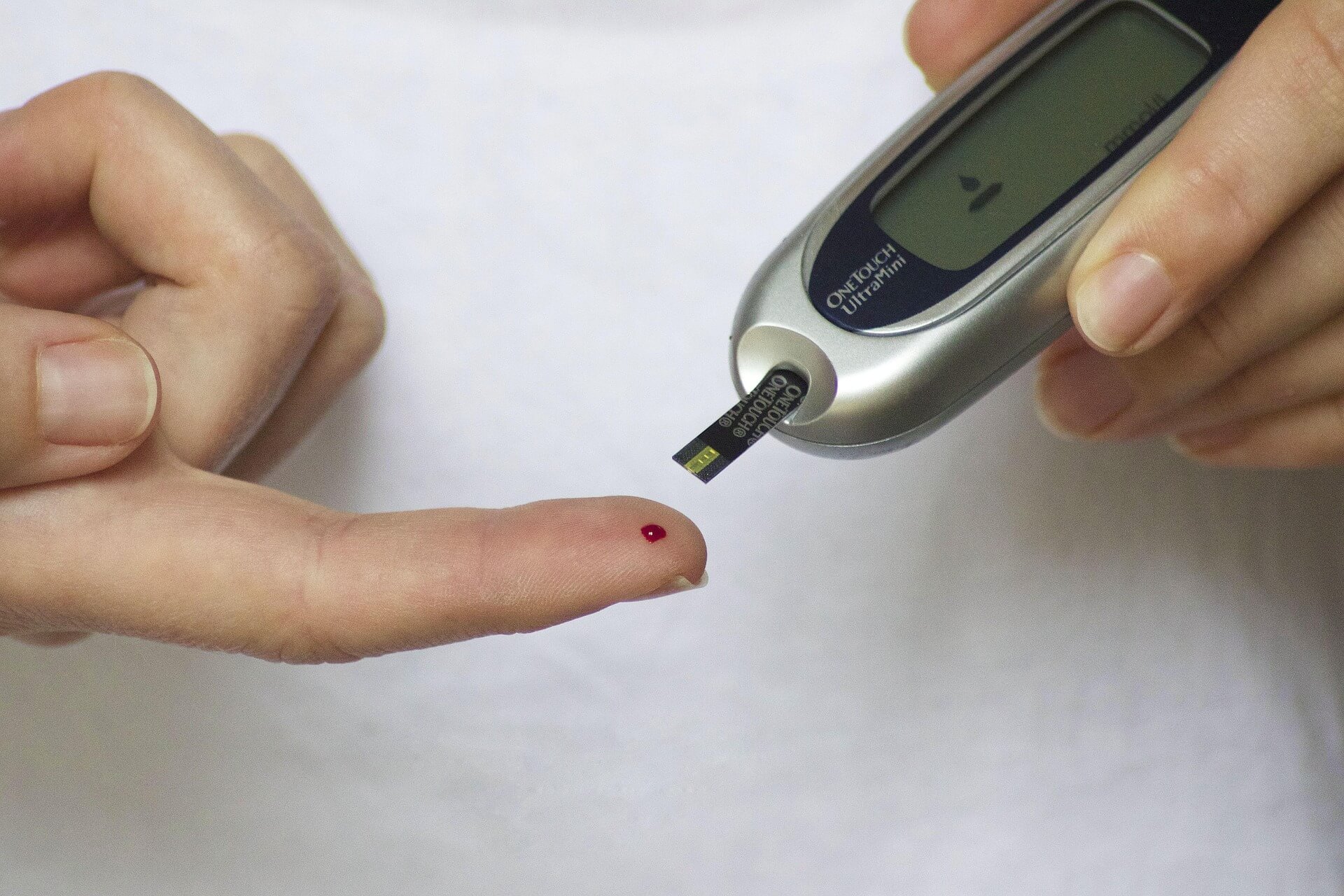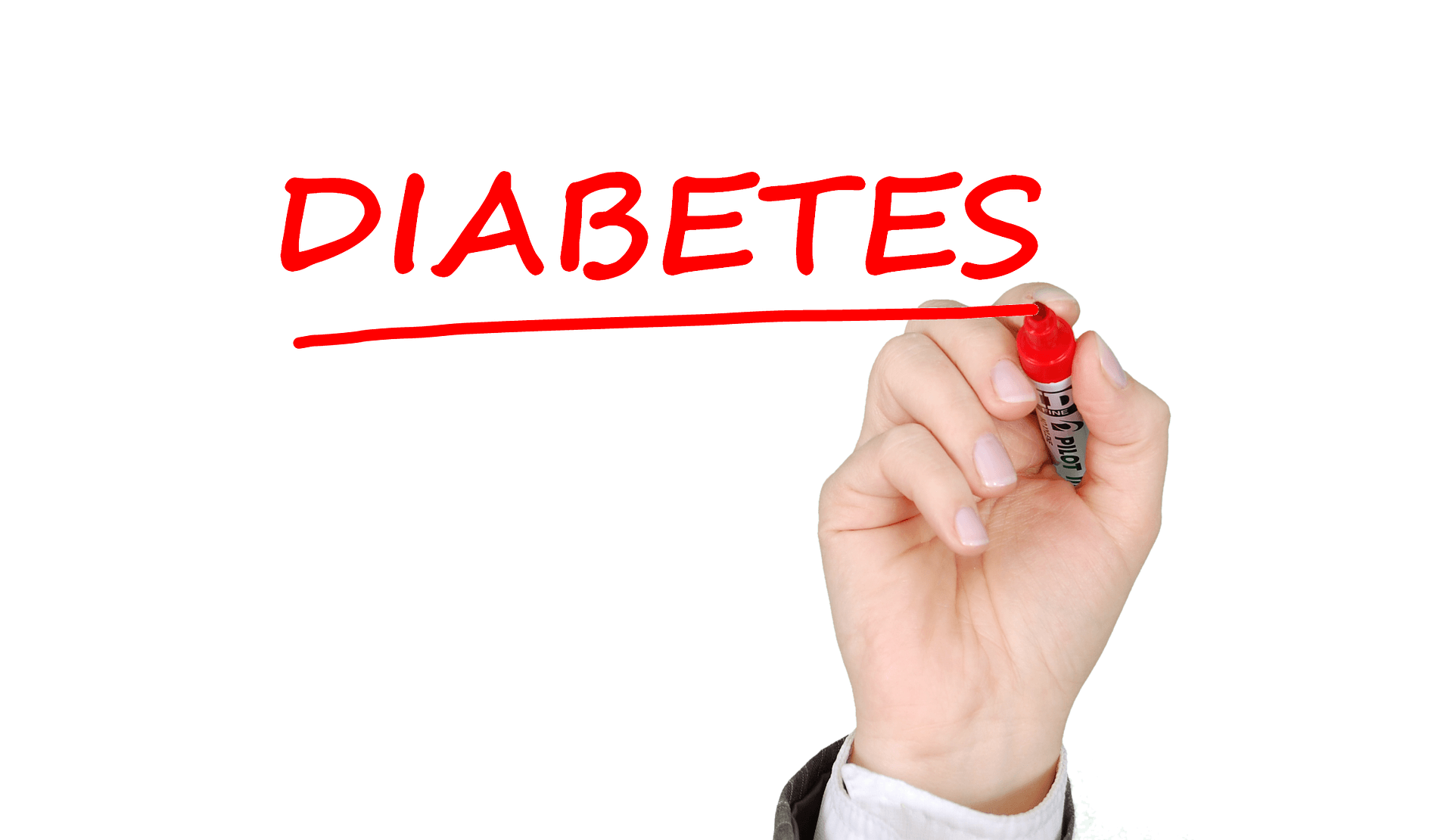Knowing how your body reacts to sugar is the first step towards managing diabetes. A1C and blood sugar are two crucial tools that aid in tracking this. Although they both have to do with blood sugar levels, they offer distinct perspectives. You can better manage your health if you understand how they differ. The quantity of sugar in your bloodstream at any given time is referred to as blood sugar, or blood glucose. The primary source of glucose for your body is the food you eat. Your blood sugar often increases after eating. In order to assist in transferring glucose into your cells for energy, the pancreas next releases insulin.
What Is Blood Sugar?
A continuous glucose monitor (CGM) or the fingerstick test are two methods for measuring blood sugar. These tests display glucose levels in real time. Checking blood sugar multiple times a day is typically advised by doctors, particularly before and after meals or physical activity.
Typical blood sugar targets are:
- Before meals: 80–130 mg/dL
- Two hours after meals: <180 mg/dL
Age, activity, and personal health objectives can all affect these figures.
What Is A1C?
Your average blood sugar level over the previous two to three months is displayed by your A1C, sometimes referred to as HbA1c or glycated hemoglobin. Hemoglobin, a protein that binds to glucose, is carried by red blood cells. A1C is created when glucose binds to hemoglobin. A1C produces more when blood sugar levels are higher.
Your A1C is calculated as a percentage via a simple lab test. This figure indicates the amount of glucose that has adhered to your red blood cells during the course of their life.
The numbers are:
- Below 5.7%: Typical
- 5.7% to 6.4%: Prediabetes
- 6.5% or more: Diabetes
Although individual objectives may vary, doctors often advise persons with diabetes to aim for an A1C below 7%.
Key Differences
| Feature | Blood Sugar | A1C |
| Measures | Glucose at a single moment | Average glucose over 2–3 months |
| Method | Fingerstick or CGM | Blood test from a lab or clinic |
| Timeframe | Immediate | Long-term |
| Usefulness | Tracks daily highs and lows | Reveals overall glucose control |
| Goal Range | Varies by time of day | Usually below 7% for diabetics |
Why You Need Blood Sugar and A1C Tests
Real-time blood sugar readings reveal how your body responds to food, stress, exercise, and prescription drugs. Conversely, A1C provides the overall picture. It aids in evaluating the effectiveness of your treatment strategy over a period of weeks or months.
Even if your blood sugar levels fluctuate a lot, your A1C readings could be normal. Or, because of unmonitored trends, your A1C may remain high even though your daily readings appear to be normal. You can identify issues early and choose better treatments if you use both tools together.
Conclusion
In the treatment of diabetes, both blood sugar and A1C are important. Consider A1C as a picture album and blood sugar as a snapshot. When combined, they give you a better understanding of how your behaviors, lifestyle, and prescriptions impact your health. To stay on course, collaborate with your healthcare team and make regular use of both tools. Knowledge gives you control, so managing diabetes doesn’t have to seem daunting.




